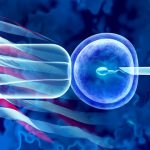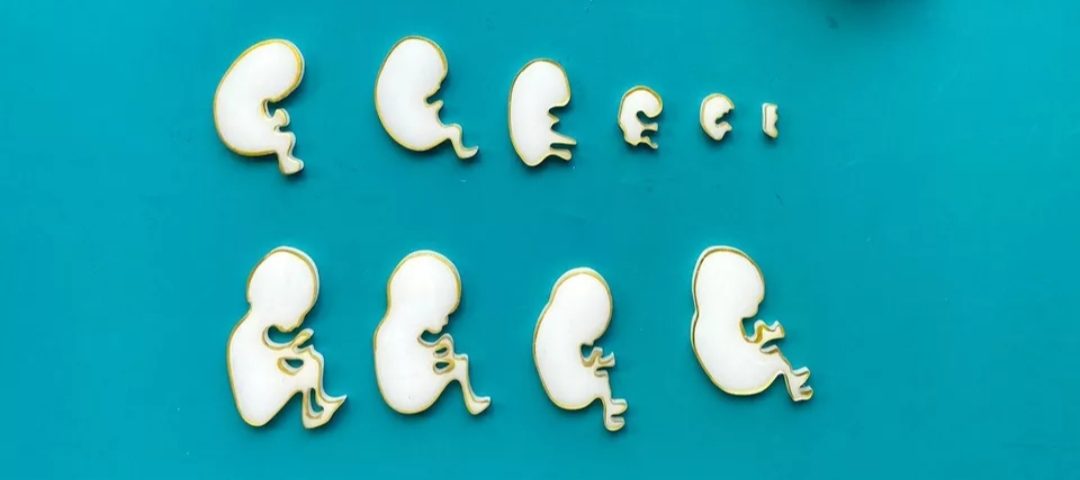
Why Is IVF Controversial Despite Periods?
April 7, 2025
What Is IVF Pregnancy? Your Complete Guide to Understanding This Life-Changing Journey
April 7, 2025Can Unused Embryos from IVF Be Destroyed?

Can Unused Embryos from IVF Be Destroyed?
In vitro fertilization (IVF) has opened doors for countless families, turning dreams of parenthood into reality. But behind the joy of a successful pregnancy lies a question many don’t think about until it’s staring them in the face: what happens to the unused embryos? If you’ve gone through IVF or are considering it, you might find yourself wondering about this too. Can those tiny clusters of cells, frozen in time, simply be destroyed? It’s a big topic—one that mixes science, emotions, and ethics—and it deserves a deep dive. Let’s explore what’s possible, what’s legal, and what it all means for you.
The IVF Journey: Why Unused Embryos Exist
IVF isn’t a one-and-done process. Doctors stimulate a woman’s ovaries to produce multiple eggs, which are then fertilized with sperm in a lab. The goal? Create several healthy embryos to increase the odds of a successful pregnancy. Typically, only one or two embryos are transferred to the uterus at a time—sometimes three, depending on the situation. The rest? They’re often cryopreserved, or frozen, for later use.
But here’s the reality: not every embryo gets used. Maybe you have a baby on the first try and decide your family’s complete. Maybe extra embryos pile up after multiple cycles. Studies suggest that clinics create between 7 and 8 embryos per patient on average, yet fewer than half of those ever make it to a live birth. That leaves a lot of unused embryos—hundreds of thousands, if not millions, sitting in freezers across the U.S. alone. So, what happens next?
The Big Question: Destruction as an Option
Yes, unused embryos from IVF can be destroyed—but it’s not as simple as flipping a switch. It’s a choice wrapped in personal feelings, clinic policies, and legal rules that vary depending on where you live. When you sign up for IVF, you’ll likely fill out a consent form that spells out your options for those extras: keep them frozen, donate them to another couple, give them to science, or discard them. Destruction falls under that last category, and it’s more common than you might think.
Clinics don’t just toss embryos in the trash, though. The process is careful and respectful. Frozen embryos are thawed in a lab, rendering them non-viable, and then disposed of as medical waste. It’s a quiet end to something that, for many, feels like a potential life. But is it the right choice for you? That’s where things get personal—and complicated.
What Science Says About Embryo Destruction
To understand this choice, it helps to know what an embryo actually is. At the stage when IVF embryos are frozen—usually 5 or 6 days after fertilization—they’re called blastocysts. Picture a microscopic ball of about 100-200 cells, smaller than a pinhead, with no organs or nervous system yet. Scientists see them as a cluster of potential, not a fully formed human. That’s why, medically speaking, destroying them isn’t considered “killing” in the same way as ending a pregnancy later on.
Recent data backs this up. According to the Centers for Disease Control and Prevention (CDC), over 238,000 IVF cycles happened in the U.S. in 2021, producing an estimated 1.6 to 1.9 million embryos. Yet only about 100,000 resulted in live births. That gap—1.5 million or more embryos—shows how many are left unused each year. Many are destroyed, some are donated, and others stay frozen indefinitely. It’s a numbers game that’s hard to ignore.
The Emotional Side: How It Feels to Let Go
For some, discarding embryos feels like closing a chapter. “After my twins were born, I couldn’t imagine going through another pregnancy,” says Sarah, a 38-year-old mom from Ohio. “But signing the form to destroy our last two embryos? I cried for days.” Her story isn’t unique. A 2020 study in Fertility and Sterility found that 40% of IVF patients struggle with this decision, often wrestling with guilt or sadness even if they’re done having kids.
Others see it differently. “To me, they were cells, not babies,” explains Mia, a 42-year-old from California who discarded her extras after her daughter was born. “I felt relief knowing they wouldn’t just sit there forever.” Your feelings might fall somewhere in between—or shift over time. There’s no right or wrong here, just what fits your heart and your family.
Quick Poll: What Would You Do?
Take a second to think: If you had unused embryos, what would you choose?
- Keep them frozen for later
- Donate them to another couple
- Give them to research
- Destroy them
Share your gut reaction in your head—or with a friend. It’s a great way to start sorting out your own views!
Legal Landscape: Where Destruction Stands Today
The rules around destroying embryos depend on where you are. In the U.S., there’s no national law dictating what happens to unused embryos—they’re treated as property, not people, under most state laws. That means you and your partner (if you have one) get to decide, as long as you both agree. Clinics require your consent, often in writing, before they’ll destroy anything.
But things can get tricky. Take Alabama, for example. In February 2024, the state’s Supreme Court ruled that frozen embryos are legally “children” under a wrongful death statute after a clinic accident destroyed some. The decision sent shockwaves, pausing IVF services as clinics worried about liability if embryos were destroyed—accidentally or on purpose. Lawmakers quickly passed a fix to shield providers, but it left a lingering question: could destruction become illegal someday? For now, it’s still allowed with consent, but the debate’s heating up.
Globally, it’s a mixed bag. The UK lets you destroy embryos but caps storage at 10 years unless you renew (up to 55 years max). Sweden has a 10-year limit too, after which destruction is mandatory if you don’t act. In contrast, the U.S. has no time limit, so embryos can stay frozen forever—or until you decide their fate.
Ethical Debates: Is It Right or Wrong?
Here’s where things get messy. Some folks—often guided by faith—view embryos as human life from the moment of fertilization. “Every embryo is a potential child,” says Father James, a Catholic priest in Texas. “Destroying them is like ending a life before it begins.” This belief drives opposition to IVF in some circles, especially since so many embryos don’t make it.
On the flip side, others argue it’s about intent and practicality. “If you’re not going to use them, what’s the alternative?” asks Dr. Emily Chen, a fertility specialist in New York. “Keeping them frozen forever doesn’t make sense for most families.” A 2024 Gallup poll found 49% of Americans think destroying embryos is morally okay, while 43% say it’s wrong—a near split reflecting how divisive this is.
Three Questions to Ask Yourself
Struggling with the ethics? Try these:
✔️ Do I see these embryos as potential kids or just cells?
✔️ What feels more responsible—destroying them or leaving them frozen?
✔️ How would I feel if someone else used them instead?
Your answers might point you toward what’s right for you.
Beyond Destruction: Other Paths for Unused Embryos
Destruction isn’t your only option. Here’s a rundown of alternatives, each with its own pros and cons:
1. Keep Them Frozen
- Upside: Flexibility if you change your mind later.
- Downside: Annual storage fees (around $500-$1,000) add up, and you’re

